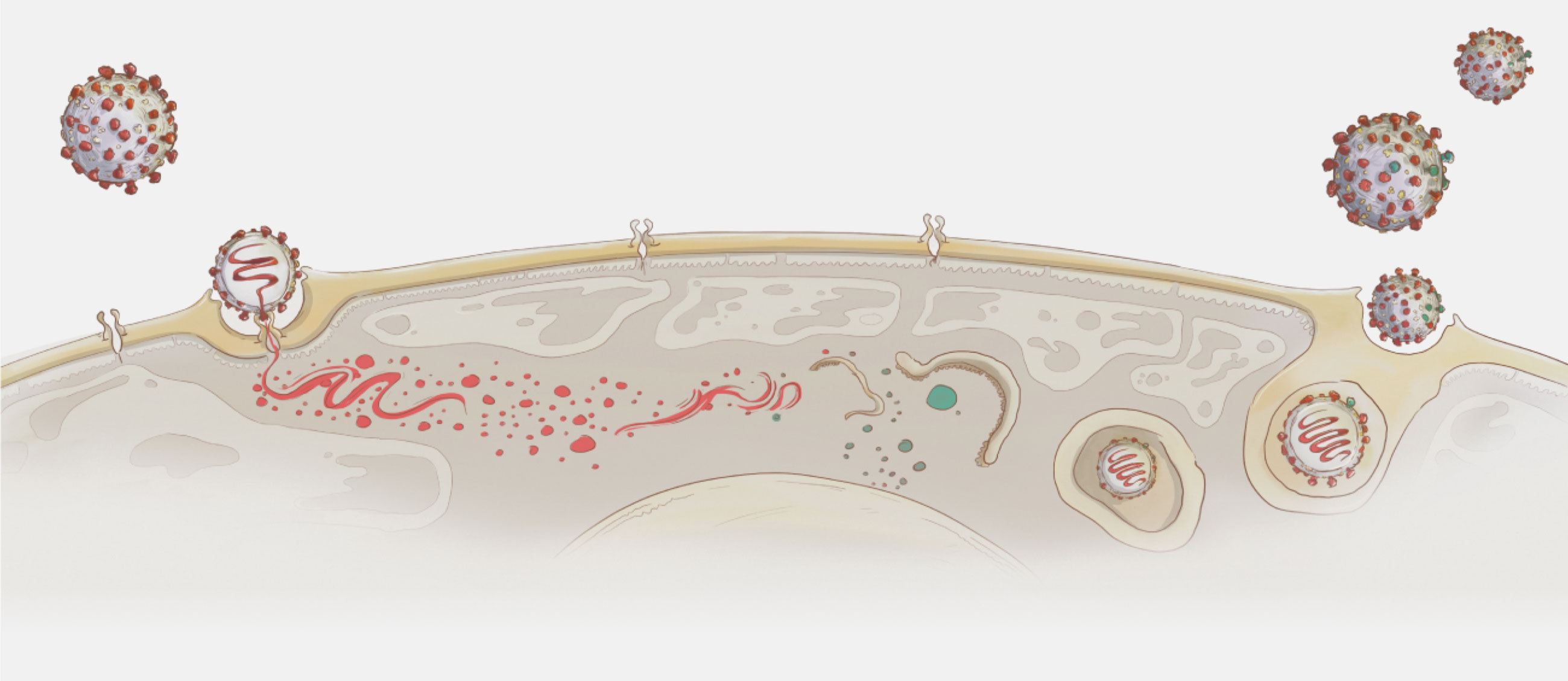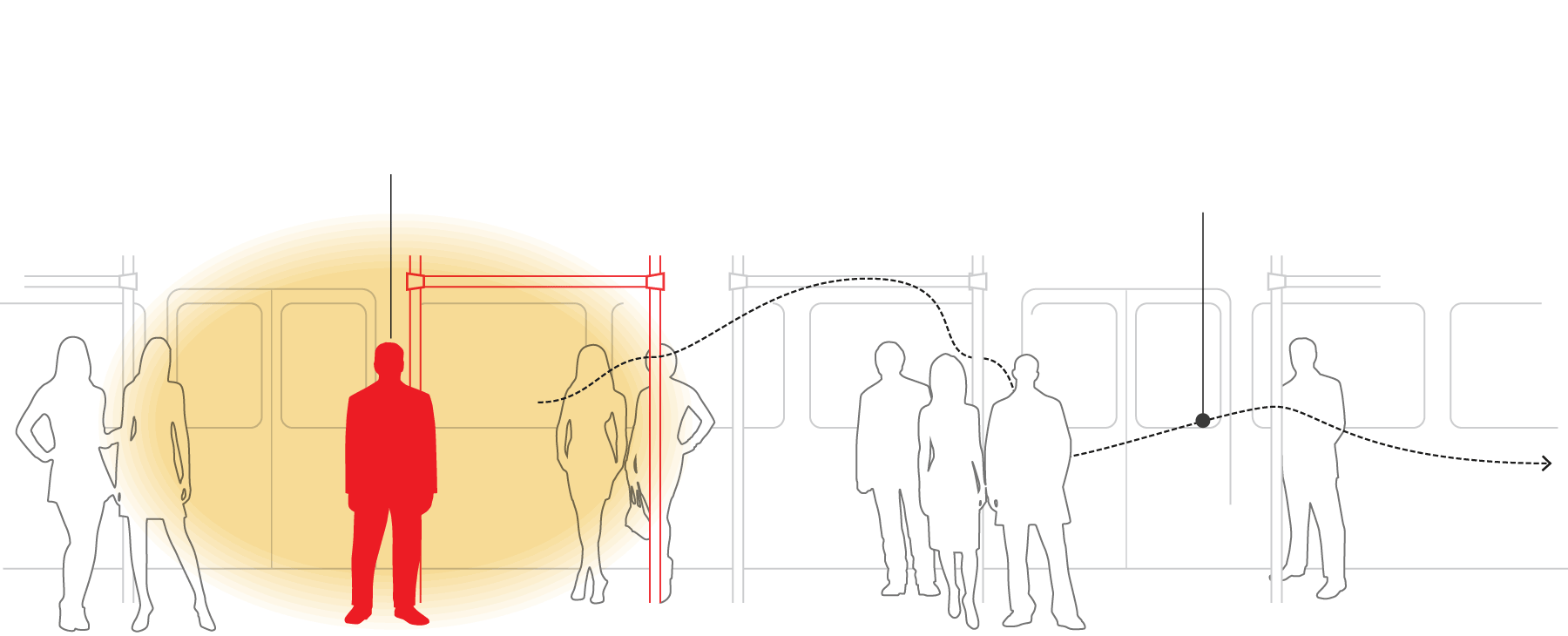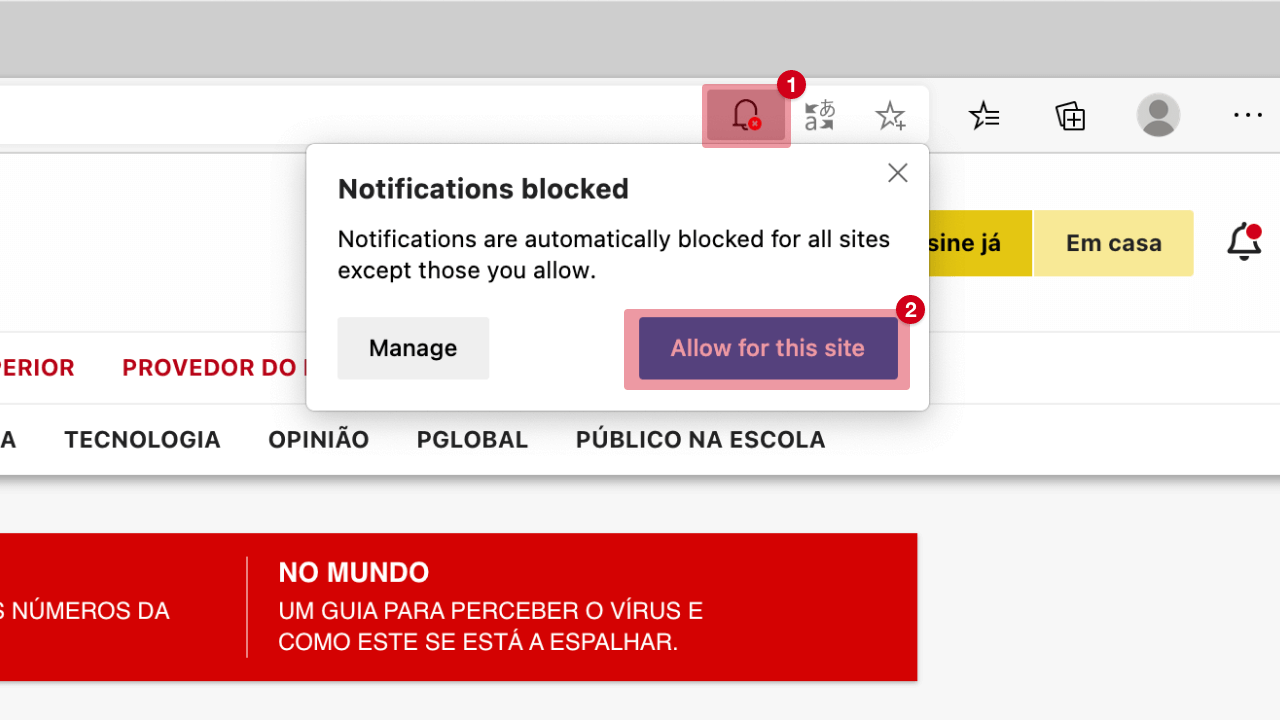Europa
A guide to understanding the novel coronavirus, which has already killed more than 2 million people
Portugal is in a state of emergency and the world is on alert because of the novel coronavirus pandemic, which causes the covid-19 illness. The virus broke out in China and within just a few weeks, it spread across the world. Isolation measures are being brought in and borders are being tightened in an attempt to halt the propagation of the SARS-CoV-2 virus – and to save lives.

Versão portuguesa
107631068
confirmed cases

2362735
deaths
The first reports of infection by the novel coronavirus began to emerge in December 2019. The virus had not previously been identified. The numbers were small initially: more than 50 people in the city of Wuhan, in central China, complained of high fever and had respiratory infections and pulmonary lesions. Some of them worked at a fish market in the city, at which live animals were also sold. It is believed that the virus may have passed from animals to humans in the market.
This was a period of heavy migration in China, and the confirmed cases multiplied within just a few weeks, spreading to neighbouring countries: first Japan, then Taiwan, South Korea, Vietnam, and Singapore. At the end of January, the outbreak reached Europe – first France, and soon afterwards, Germany. On 11 March, the World Health Organisation (WHO) declared the virus to be a pandemic – a term that is used to describe an epidemic that has spread to several countries or continents and affected a large number of people.
Confirmed cases and deaths in Europe
In the second half of February, the authorities became very concerned about Italy. In just 5 days, the number of people infected in Europe had shot up from fewer than ten to several hundred confirmed cases. When the virus reached Brazil at the end of February, Antarctica would become the only continent with no cases of infection. This marked the beginning of a new phase in which covid-19 is spreading more rapidly in the rest of the world than it did in China.
Development of the total number of confirmed cases
Development of new confirmed cases and recoveries
Mortality rate of Covid-19


Coronavirus
Corinaviruses are a family of viruses that cause respiratory problems. They are first transmitted to humans through contact with animals, and then passed from human to human. When they are seen under a microscope, coronaviruses are surrounded by what looks like a crown of spines, hence the name (corona = crown in Latin). This novel coronavirus was identified in China and is officially designated SARS-CoV-2. It is related to other coronaviruses that cause infection in human beings, such as the Middle East Respiratory Syndrome (MERS-CoV) and Severe Acute Respiratory Syndrome (SARS-CoV).

SARS-CoV-2*
Identified in 2020
Sars
2003
Mers
2012
2362
107 631 068
8248
cases
2 362 735
774
858
deaths

* Information updated 11 February at 21:10
Speed of virus transmission to the first 1000 people


Transmission of the novel coronavirus
A virus survives by finding a host organism and using the host’s live cells to reproduce itself. When a virus particle invades a host organism, it enters the cells and takes possession of the organism’s systems of natural cell production in order to make new copies of itself. The process of reproduction can result in small errors or alterations in the new virus particles that are produced, which leads to a mutation of the virus.

Virus
Virus reproduced
with small
alterations
Attachment to and
penetration of the cell
Cellular
receptors
Release
HOST CELL
RNA replicated
and “packaged”
RNA released
(the virus’s genetic material)
Production
NUCLEUS

Symptoms
The symptoms are similar to those of common flu, and may include:
Incubation time of the virus: 2 to 14 days.


How far can the virus travel?

How to prevent transmission


Authors: Claudia Carvalho Silva e Sofia Neves Infographics: Cátia Mendonça, Célia Rodrigues, Francisco Lopes, Gabriela Gómez e José Alves Translator: Rhian Atkin







